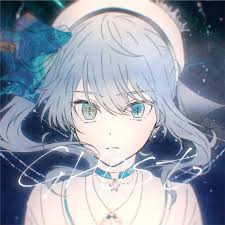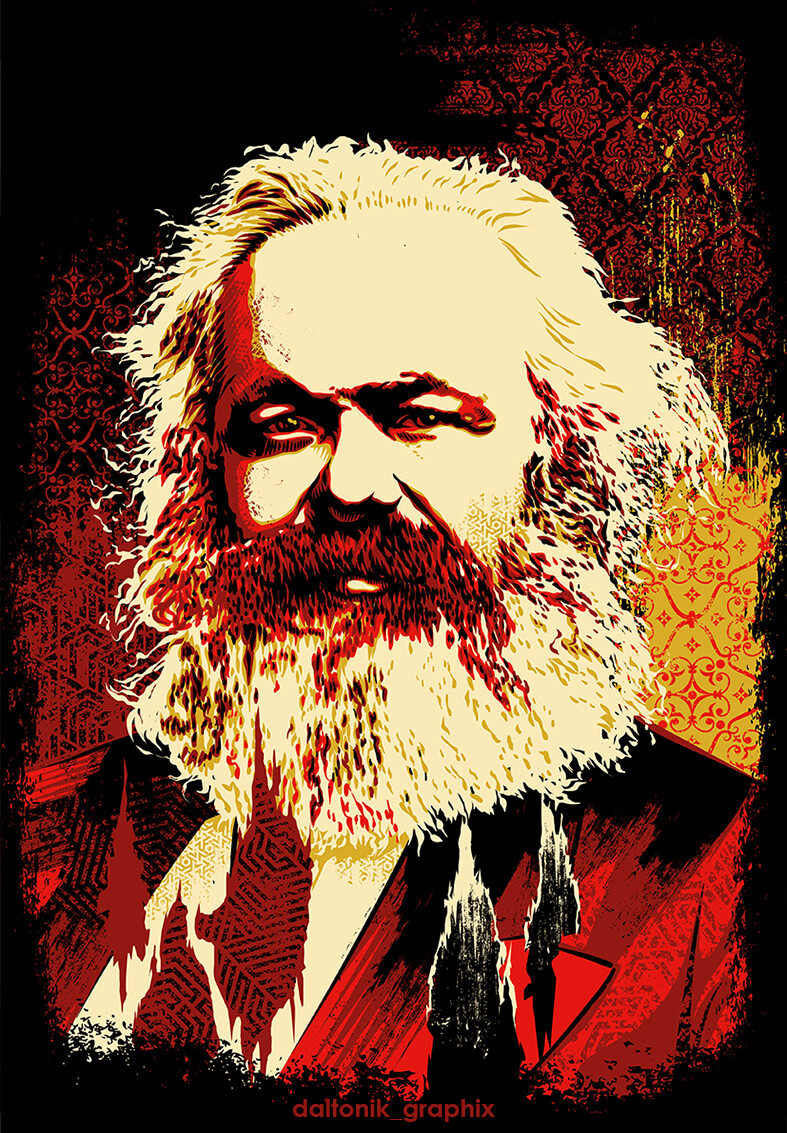- cross-posted to:
- marxism
- cross-posted to:
- marxism
Propaganda artwork is titled <Felix Dzerzhinsky, 1877-1926. "Be Vigilant and Alert!" >
To correct the misunderstanding of what a political purge is - which is a result of the peopagandized education America feeds its citizens from cradle to grave - I am here to post excerpts of varying books from varying professional authors, historians, and journalists of varying political backgrounds on what "purging the party" actually entailed in the Soviet Union. If I run out of space in the main post, I will continue it in the comments.
_
The entire membership of the Communist Party was therefore subjected to what is called a “cleansing” or “purge” in the presence of large audiences of their non-Communist fellow workers. (This is the only connection in which the Soviet people use the term “purge.” Its application by Americans to all the Soviet treason trials and in general to Soviet criminal procedure is resented by the Soviet people.) Each Communist had to relate his life history and daily activities in the presence of people who were in a position to check them. It was a brutal experience for an unpopular president of a Moscow university to explain to an examining board in the presence of his students why he merited the nation’s trust. Or for a superintendent of the large plant to expose his life history and daily activities — even to his wife’s use of one of the factory automobiles for shopping — in the presence of the plants workers, any one of whom had the right to make remarks. This was done with every Communist throughout the country; it resulted in the expulsion of large numbers from the party, and in the arrest and trial of a few.
Strong, Anna L. The Soviets Expected It. New York, New York: The Dial press, 1941, p. 136
_
The purge–in Russian “chiska” (cleansing)–is a long-standing institution of the Russian Communist Party. The first one I encountered was in 1921, shortly after Lenin had introduced “NEP,” his new economic policy, which involved a temporary restoration of private trade and petty capitalism and caused much heart burning amongst his followers. In that purge nearly one-third of the total membership of the party was expelled or placed on probation. To the best of my recollection, the reasons then put forward for expulsion or probation were graft, greed, personal ambition, and “conduct unbecoming to communists,” which generally meant wine, women, and song.
Duranty, Walter. The Kremlin and the People. New York: Reynal & Hitchcock, 1941, p. 116
_
Kirov’s murder brought a change, but even so the Purge that was held that winter was at first not strikingly different from earlier Purges.
Duranty, Walter. The Kremlin and the People. New York: Reynal & Hitchcock, 1941, p. 116
_
The Central Committee organized a “purge” and expelled barely 170,000 members in order to improve the party quality. Stalin has frequently been held responsible for the “purge.” He was not its author. This party-cleansing was done under Lenin’s leadership. It is a process which is unique in the history of little parties. The Bolsheviks however, do not regard it as an extraordinary measure for use only in a time of crisis, but a normal feature of party procedure. It is the means of guaranteeing Bolshevik quality. To regard it as a desperate move on the part of leaders anxious to get rid of rivals is to misunderstand how profoundly the Bolshevik party differs from all others, even from the Communist Party’s of the rest of Europe.
Murphy, John Thomas. Stalin, London, John Lane, 1945, p. 144
_
Lenin initiated the first great “cleansing” of the Bolshevik party just as the transition had begun from “war communism” to the new economic policy. In 1922, when, as Lenin put it, “the party had rid itself of the rascals, bureaucrats, dishonest or waivering Communists, and of Mensheviks who have re-painted their facade but who remained Mensheviks at heart,” another Congress took place; and it was this Congress which advanced Stalin to the key position of Bolshevik power. It brought him into intimate contact with every functionary of the organization, enabling him to examine their work as well as their ideas.
Murphy, John Thomas. Stalin, London, John Lane, 1945, p. 145
_
The party maintains its quality by imposing a qualifying period before granting full membership, and by periodical ” cleanings” of those who fail to live up to the high standard set.
Murphy, John Thomas. Stalin, London, John Lane, 1945, p. 169
_
In all fairness I must add that no small proportion of the exiles were allowed to return home and resume their jobs after the Purge had ended.
Duranty, Walter. The Kremlin and the People. New York: Reynal & Hitchcock, 1941, p. 122
_
Besides examining Communists against whom definite complaints are made, the Control Commission at long intervals resorts to wholesale “purges” of the Party. In 1929 it was decided to institute such a purge, with a view to checking up on the rapid numerical growth of the Party, which has been increasing at the rate of about 200,000 a year during the last few years, and eliminating undesirable elements. It was estimated in advance that about 150,000 Communists, or 10 percent of the total membership (including the candidates) would be expelled during this process. In a purge every party member, regardless of whether any charges have been preferred against him or not, must appear before representatives of the Control Commission and satisfy them that he is a sound Communist in thought and action. In the factories non-party workers are sometimes called on to participate in the purge by offering judgment on the Communists and pointing out those who are shkurniki or people who look after their own skins, a familiar Russian characterization for careerists .
Chamberlin, William Henry. Soviet Russia. Boston: Little, Brown, 1930, p. 68
_
From time to time the party “cleans out” its membership, and this is always done an open meetings to which all workers of the given institution are invited. Each communist in the institution must give before this public an extended account of his life activities, submit to and answer all criticism, and prove before the assembled workers his fitness to remain in the “leading Party.” Members may be cleaned out not only as “hostile elements, double-dealers, violators of discipline, deganerates, career-seekers, self-seekers, morally degraded persons” but even for being merely “passive,” for having failed to keep learning and growing in knowledge and authority among the masses.
Strong, Anna Louise. This Soviet World. New York, N. Y: H. Holt and company, c1936, p. 31
_
I have in the course of 15 years in the Soviet Union met an occasional Communist who was a grafter, and many more who were stubborn bureaucrats and unenlightened fanatics. But I have also seen how the party throws out dead wood–not always accurately–and renews itself from the working class it leads.
Strong, Anna Louise. This Soviet World. New York, N. Y: H. Holt and company, c1936, p. 37
_
It would be a mistake to regard the 1933 chistka as having been directed solely against members of the opposition. The largest single group expelled were “passive” party members: those carried on the roles but not participating in party work. Next came violators of party discipline, bureaucrats, corrupt officials, and those who had hidden past crimes. Members of dissident groups did not even figure in the final tallies. Stalin himself characterized the purge has a measure against bureaucratism, red tape, deganerates, and careerists, “to raise the level of organizational leadership.” The vast majority of those expelled were fresh recruits who had entered the party since 1929, rather than Old Bolshevik oppositionists. Nevertheless, the 1933 purge expelled about 18 percent of the party’s members and must be seen as a hard-line policy or signal from Moscow.
Getty & Naumov, The Road to Terror. New Haven, Conn.: Yale Univ. Press, c1999, p. 127
_
“Not everyone who wishes can belong to the party,” said Stalin; “it is not given to everyone to brave its labors and its torments.”
Barbusse, Henri. Stalin. New York: The Macmillan company, 1935, p. 280
_
Western students have applied the word “purge” to everything from political trials to police terror to nonpolitical expulsions from the party. The label “Great Purges,” which encompasses practically all party activities between 1933 and 1939, is an example of such broad usage. Yet the Communist Party defined and used the word quite specifically. > The term “purge” (chistka–a sweeping or cleaning) only applied to the periodic membership screenings of the ranks of the party. These membership operations were designed to weed the party of hangers-on, nonparticipants, drunken officials, and people with false identification papers, as well as ideological “enemies” or “aliens.” In the majority of purges, political crimes or deviations pertained to a minority of those expelled. No Soviet source or usage ever referred to the Ezhovshchina (the height of police arrests and terror in 1937) as a purge, and party leaders discussed that event and purges in entirely separate contexts. No political or nonpolitical trial was ever called a purge, and under no circumstances were operations, arrests, or terror involving nonparty citizens referred to as purges. A party member at the time would have been mystified by such a label.
Getty, A. Origins of the Great Purges. Cambridge, N. Y.: Cambridge Univ. Press, 1985, p. 38
[Continued below]


I have great uncle who was purged. My grandfather said he deserved it, great uncle was a “careerist”.
Imagine if you could remove clout chasers and brown nosers from power? Society would be better
Lol your grandfather sounds cool
Even because someone family, does not mean they are not rat bastard
Now that is the truth right there, Comrade.